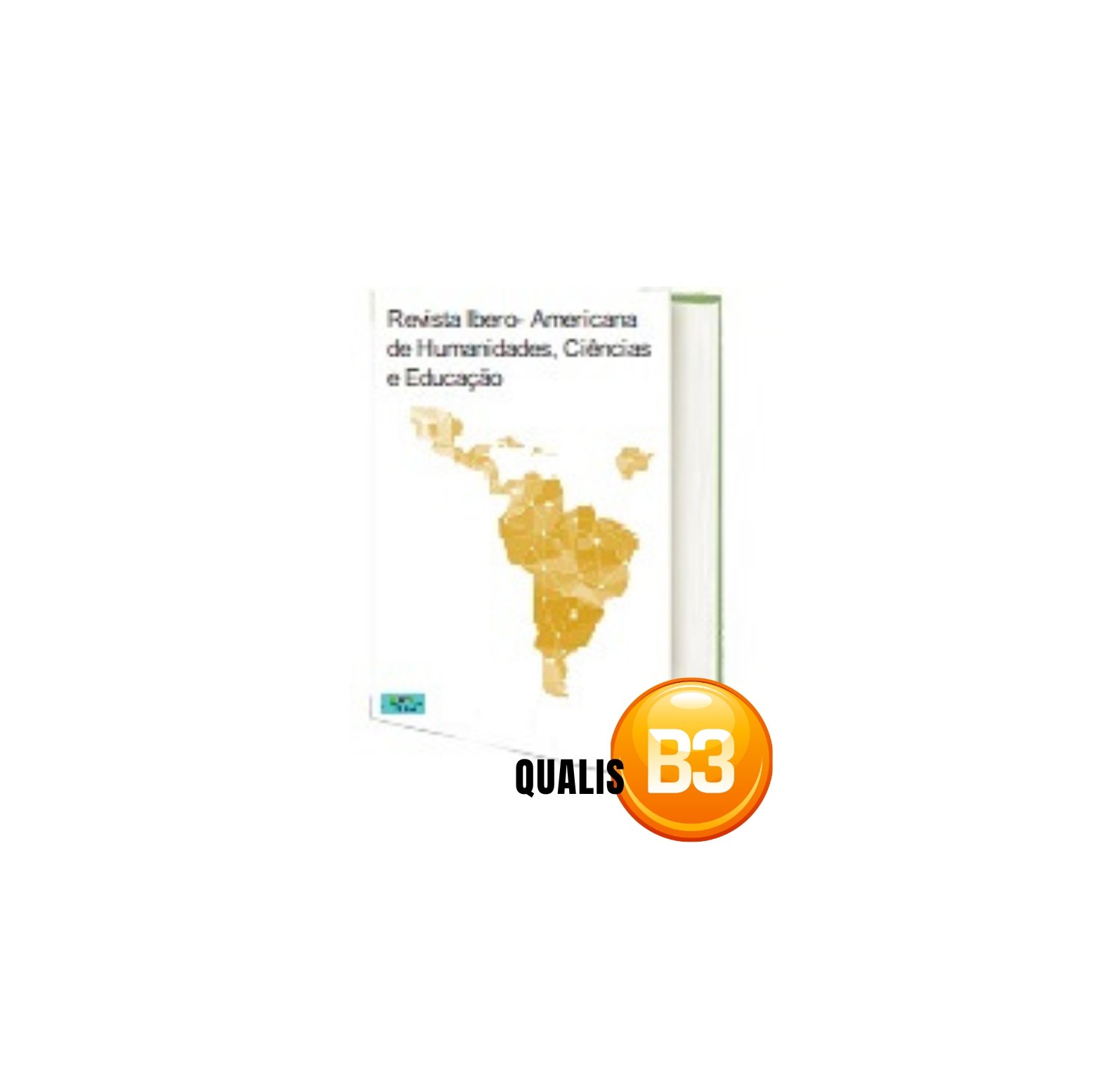THE TEACHER'S POSITION AND SALARY PLAN: ITS ADVANTAGES AND INCENTIVES
DOI:
https://doi.org/10.51891/rease.v9i2.8400Keywords:
Magisterium. Teacher. Professionals. Remuneration.Abstract
The purpose of this work is to make explicit the importance of the Plan for Positions and Salaries for Teachers, which emerged to protect, value and motivate its professionals. Before, these workers did not show expectations of growth within the profession. Self-indulgence and lack of interest in continuing education were part of their lives. However, with the creation of the law that provided for the valuation of teachers, there was a great revolution in the educational sector. Assisted by guidelines that regulated salary improvements commensurate with their professions, professors were strengthened motivationally. They broke away from their comfort zones and began to look for courses that would improve their intellectual skills and subsidize higher earnings. Obviously, a professional's salary increase is still a stimulus to his resourcefulness. It is understood that in order to carry out their activities correctly and obtain the desired success, the teacher needs equipment that will help him in the teaching-learning process and provide him with updating, which requires high costs. This research was developed based on some theoretical contributions, in addition to official sources, and the study points to a great leverage in the sector, after the recognition of such important art.
Downloads
Downloads
Published
How to Cite
Issue
Section
Categories
License
Atribuição CC BY

